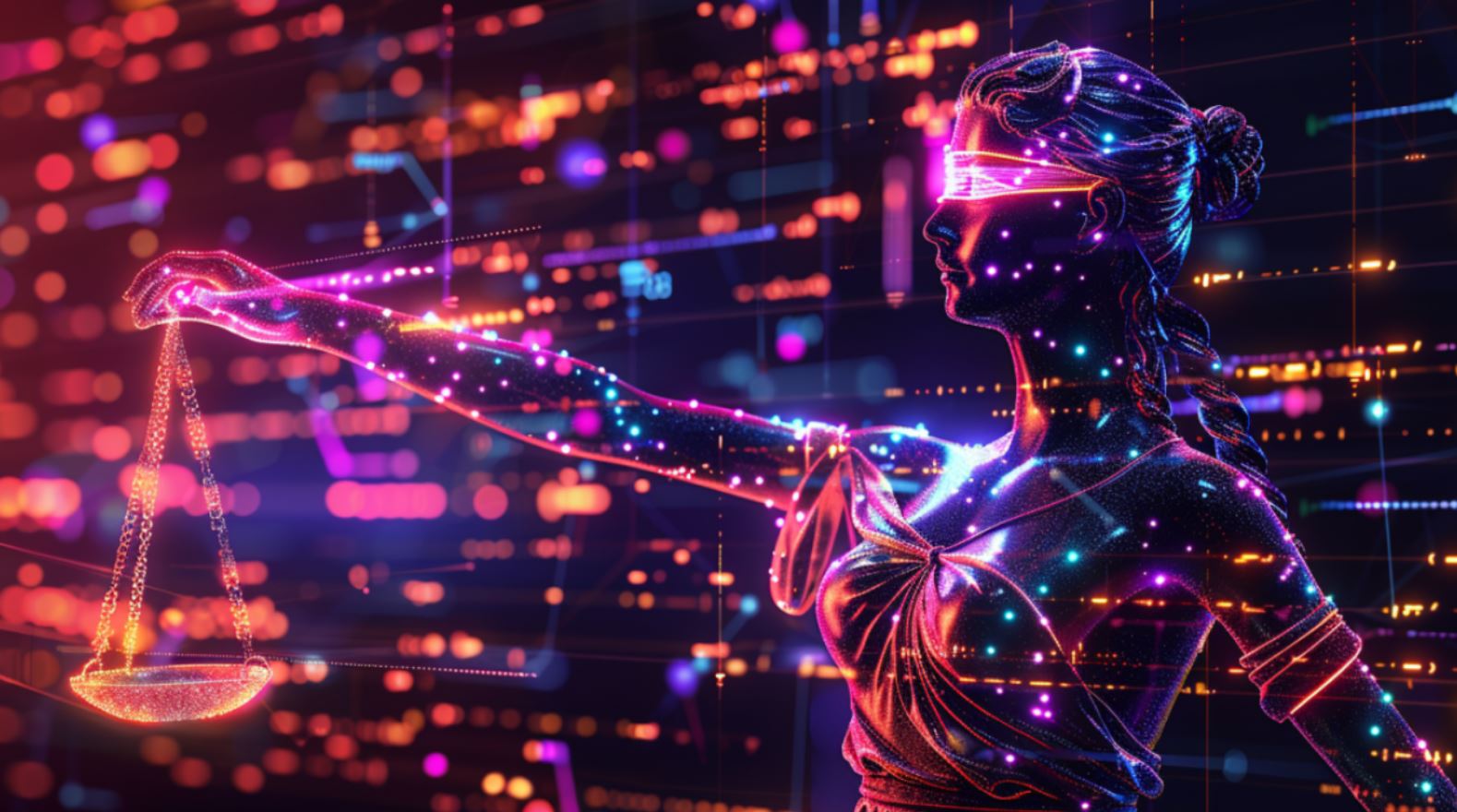 Artificial intelligence (AI) is steadily reshaping our digital landscape, and its potential to improve accessibility is immense—if inclusivity is baked into the design. With thoughtful development, AI can simplify everyday tasks and open up new possibilities for users with disabilities.
Artificial intelligence (AI) is steadily reshaping our digital landscape, and its potential to improve accessibility is immense—if inclusivity is baked into the design. With thoughtful development, AI can simplify everyday tasks and open up new possibilities for users with disabilities.
Right now, AI is already making a difference. It generates alt text and audio descriptions for those with visual impairments, offers real‑time captions for people with hearing loss, and even refines web content for individuals with cognitive differences. Voice‑activated and gesture‑controlled systems are also giving users with movement challenges an easier way to interact with technology. Looking ahead, emerging developments like brain‑computer interfaces and assistive robotics promise further support, although ensuring these technologies remain accessible is crucial.
Large language models such as OpenAI’s GPT‑4 and Google’s Gemini are reshaping how we interact with digital content. Their conversational interfaces highlight the importance of user input and output methods that accommodate diverse needs—from recognising varied speech patterns, including those of speakers with impediments, to offering unique interaction methods for neurodiverse users.
Challenges remain, too. The training data for AI sometimes lacks inclusive language, and there’s not enough testing with the disability community. We’re reminded of past issues like poor screen reader support in static web pages, underscoring that accessible design needs constant attention.
AI’s role extends beyond user interaction; it’s increasingly influential in coding the digital world. Leaders from companies like Google and Meta envisage a future where AI writes more code than humans do. In response, experts like Joe Devon—co‑founder of Global Accessibility Awareness Day—have introduced AIMAC, an AI Model Accessibility Checker. Developed with ServiceNow and available as an open‑source tool, AIMAC evaluates how accessible AI‑generated code is, ensuring that when AI writes code, it meets the necessary standards.
ServiceNow has already integrated new AI features, including enhanced voice capabilities, to improve its offerings. Eamon McErlean, the VP and Global Head of Accessibility, stresses that as generative AI evolves, its accessibility cannot be an afterthought. Without proactive measures, catching up could become overwhelmingly difficult.
Accessibility has long been both a legal right and a competitive advantage. As AI continues to progress, keeping accessibility at the heart of development isn’t just the ethical move—it’s a practical one. Embedding these principles into our digital infrastructures ensures that technology benefits everyone.








